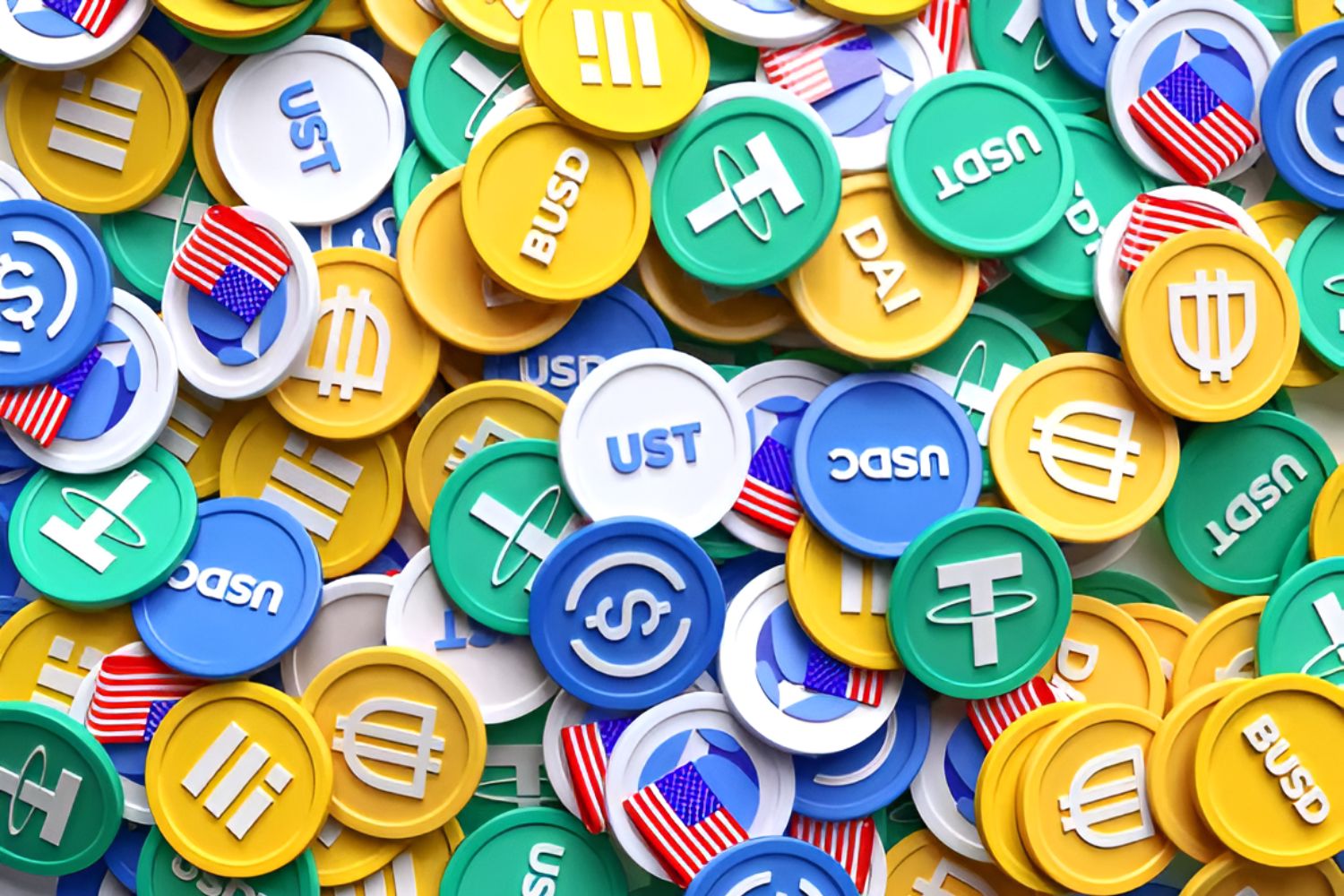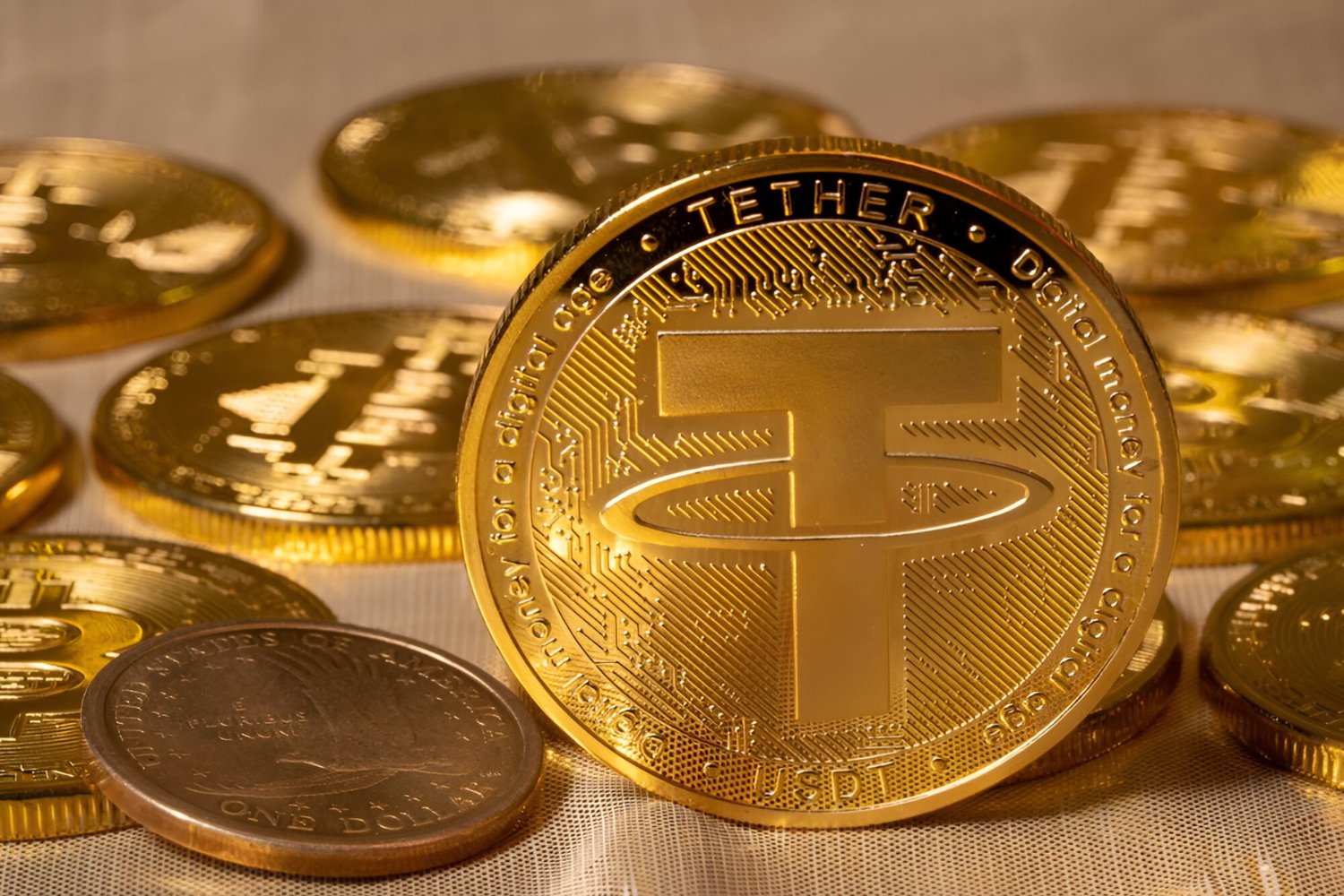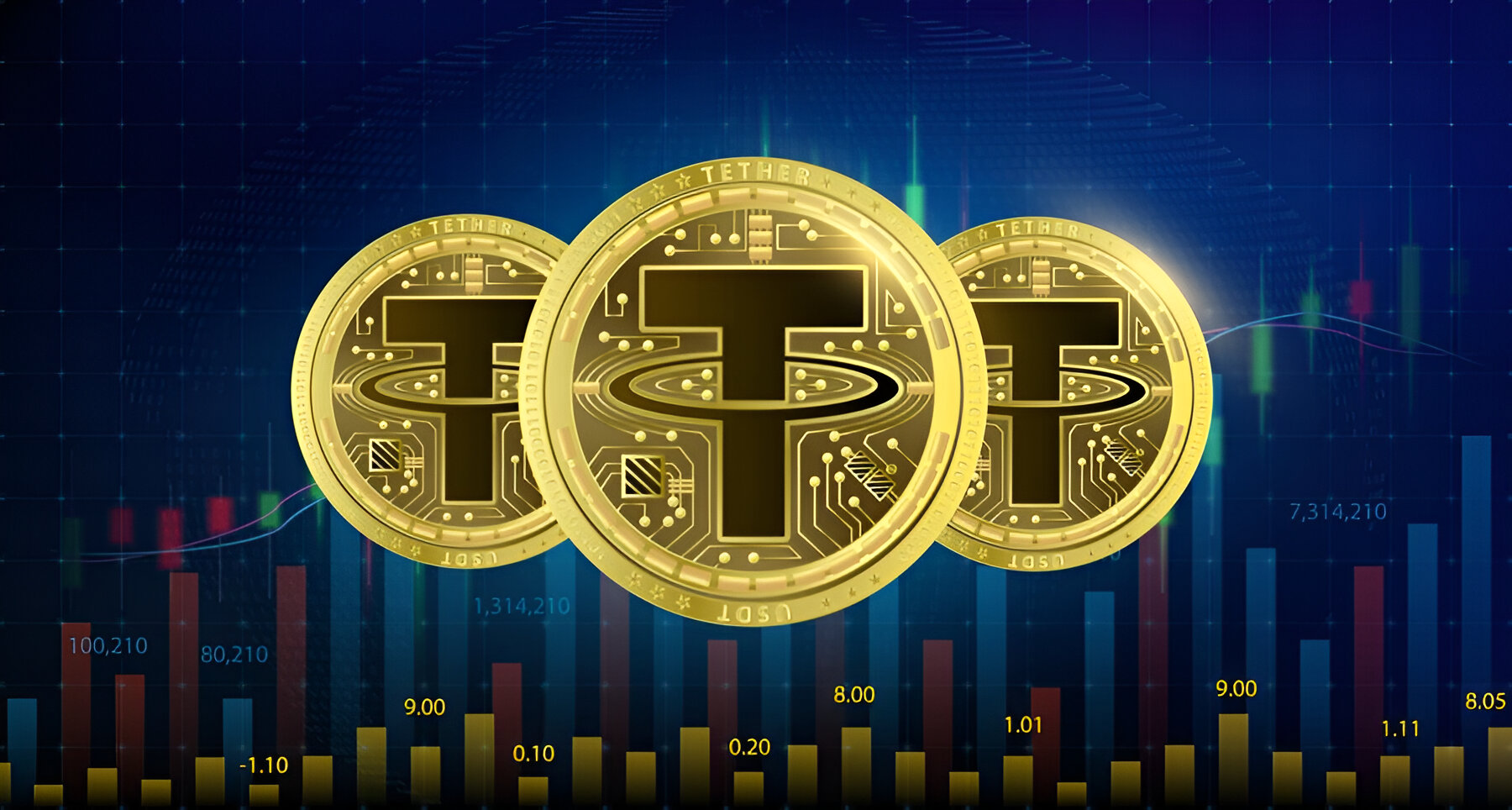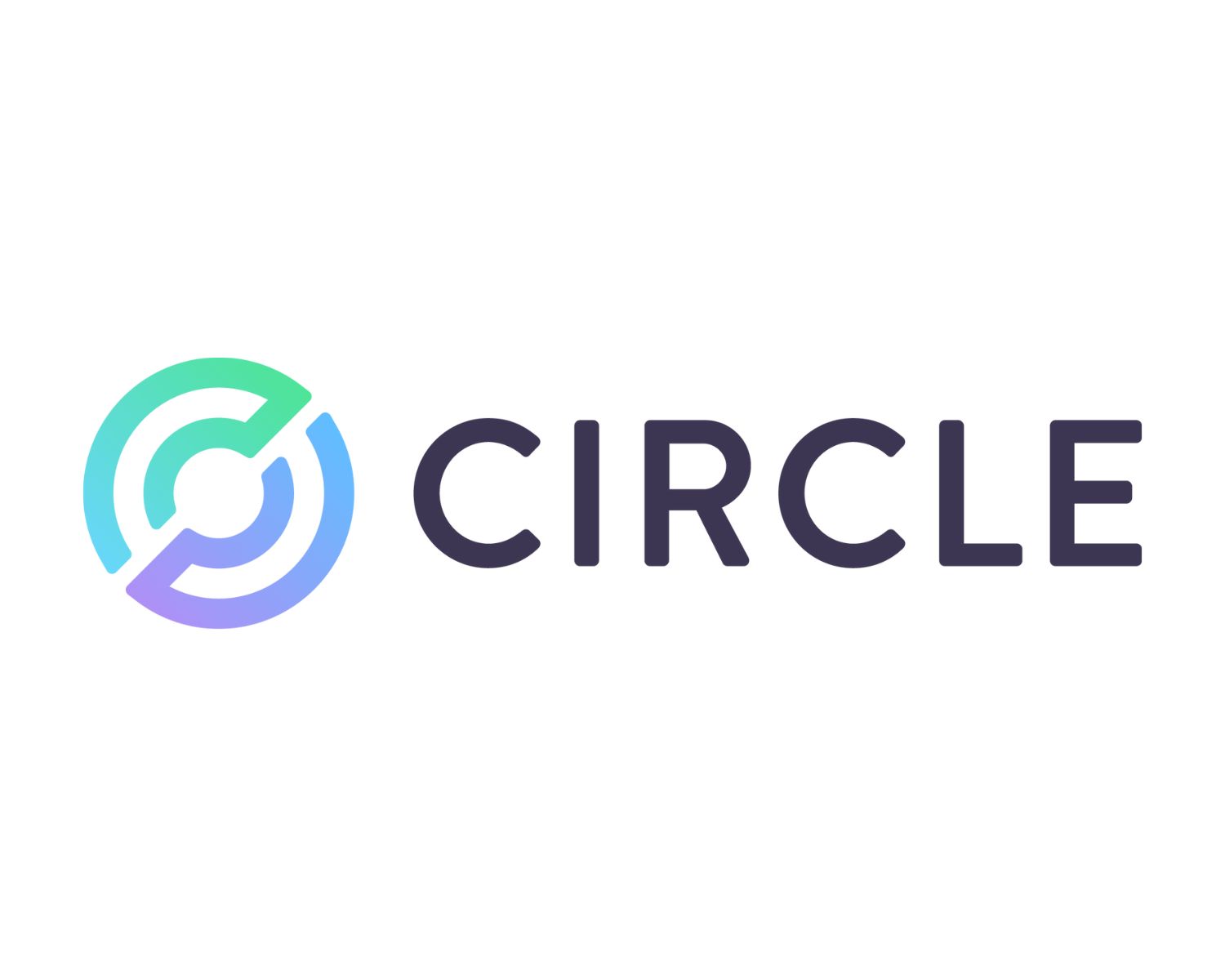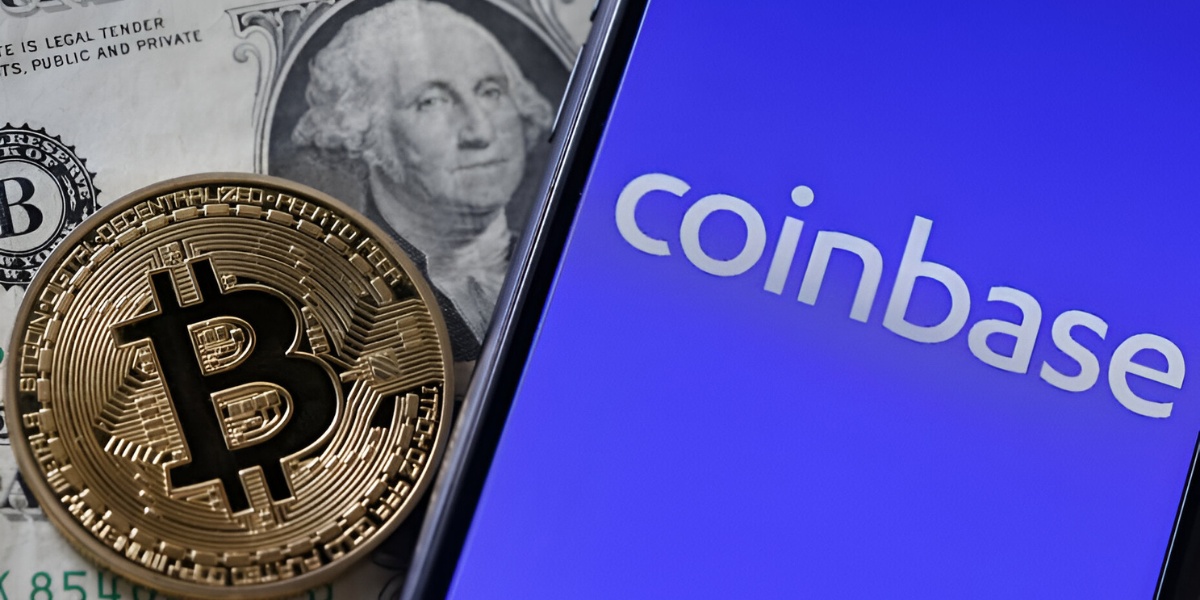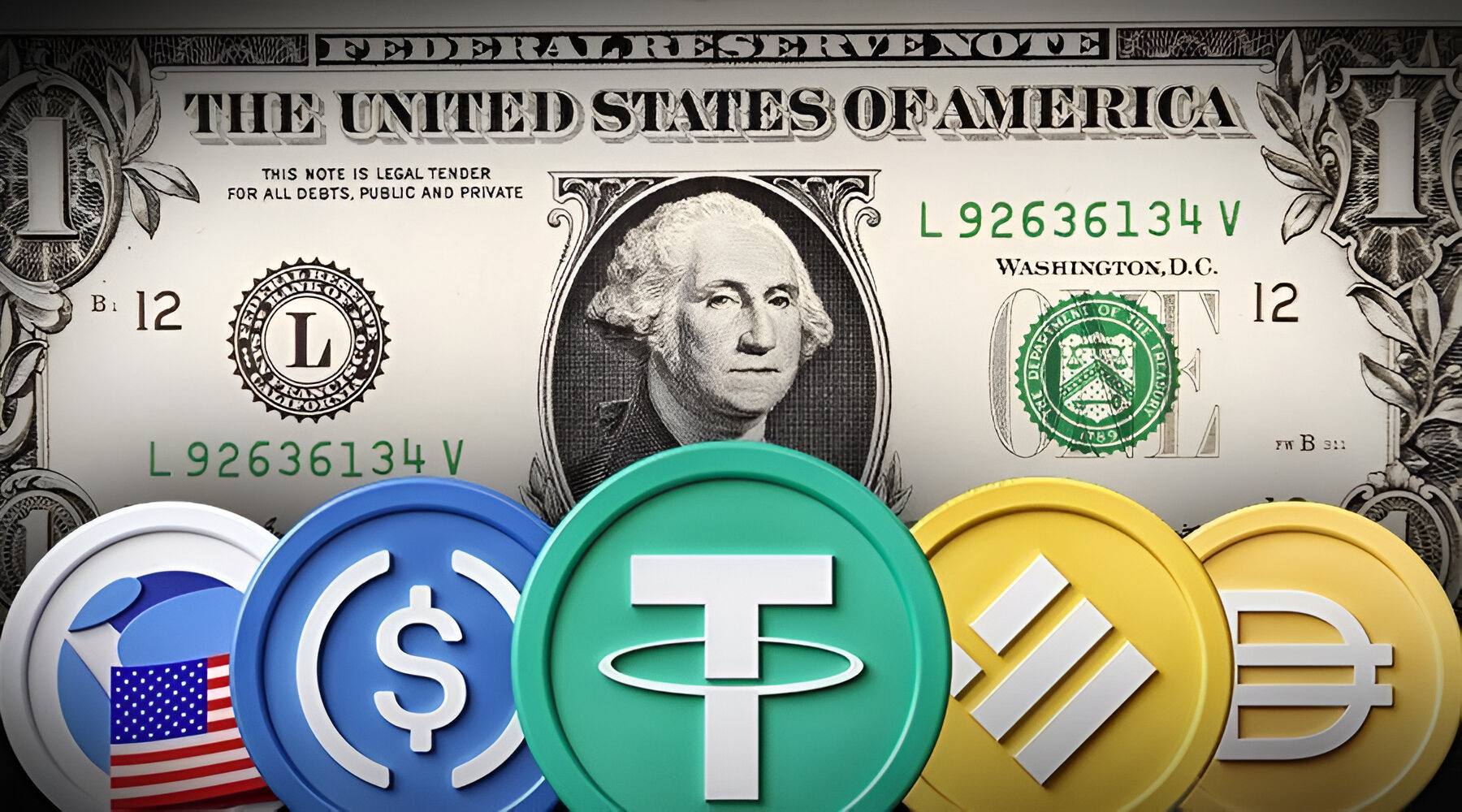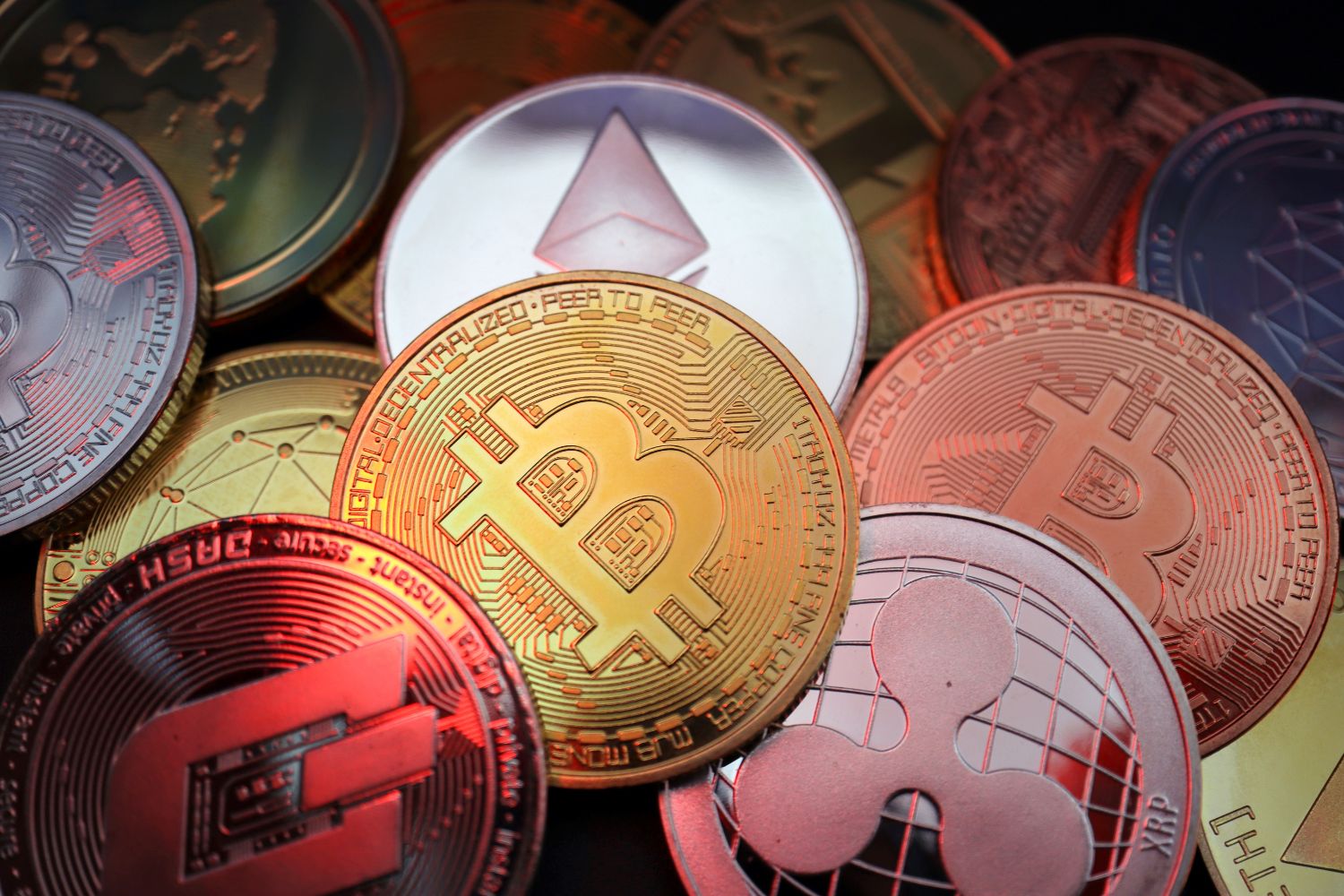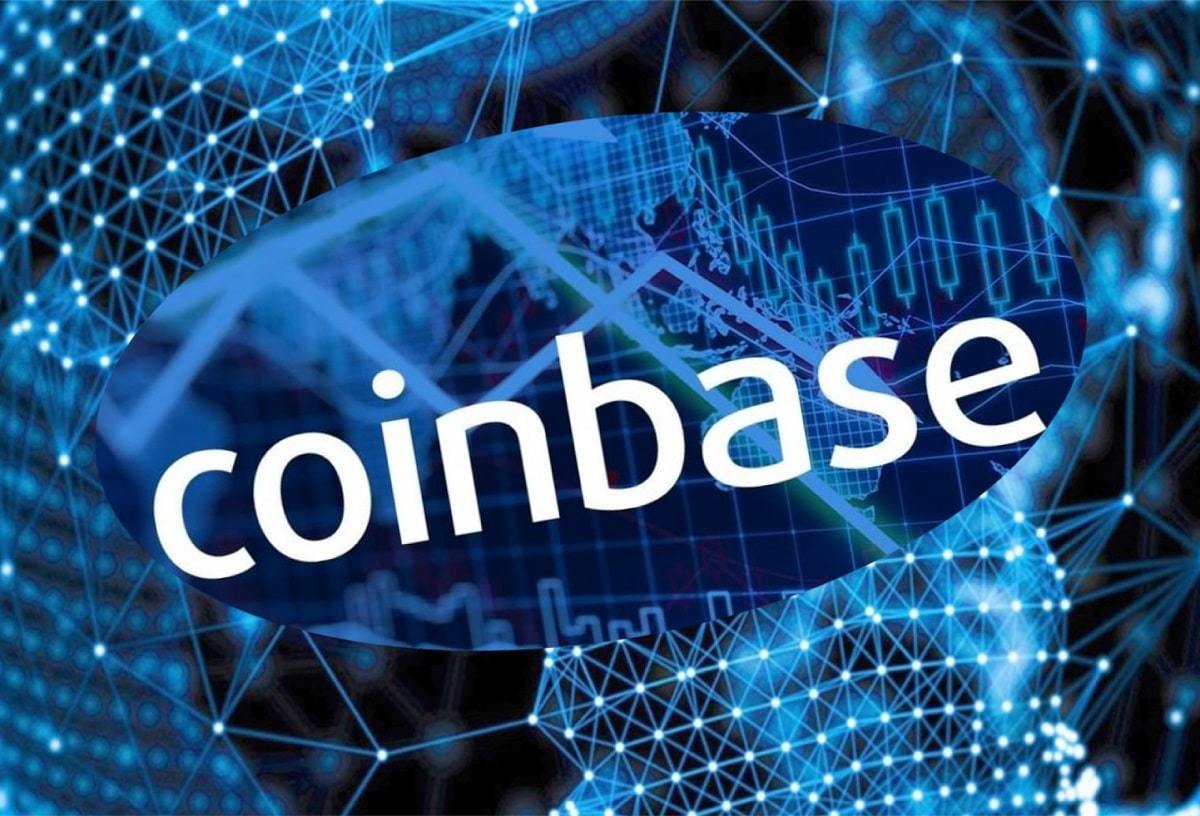Introduction
Welcome to the world of digital currencies, where blockchain technology has revolutionized the way we transact and store value. One such digital currency that has gained significant traction is USDC, also known as USD Coin. USDC is a stablecoin that is pegged to the value of the U.S. dollar, providing users with a reliable and secure way to transfer and store funds.
In this article, we will explore the importance of the blockchain technology behind USDC and delve into the different blockchains on which USDC is built. Understanding the underlying blockchain infrastructure is essential in comprehending how USDC functions and how it maintains its stability and security.
But first, let’s briefly discuss what USDC is and why it has become such a popular digital currency. USDC is an ERC-20 token, meaning it is based on the Ethereum blockchain. It was launched through a collaboration between Circle and Coinbase, two well-established cryptocurrency companies. The value of USDC is always kept at a 1:1 ratio with the U.S. dollar, making it a stable and reliable option for users to transact with.
USDC provides numerous benefits, including fast and low-cost transactions, global accessibility, and increased transparency. These features have made USDC a preferred choice for individuals and businesses alike, particularly in the realm of decentralized finance (DeFi) applications, where USDC plays a crucial role as a stable and liquid asset.
Now that we understand what USDC is and why it is widely used, let’s dive deeper into the key aspect of this article – the blockchain technology behind USDC. Blockchain technology forms the backbone of USDC, ensuring the transparency, security, and immutability of transactions. In the next sections, we will examine three prominent blockchains – Ethereum, Solana, and Algorand – and explore which blockchain USDC is built on.
What is USDC?
USDC, or USD Coin, is a type of cryptocurrency known as a stablecoin. Unlike other cryptocurrencies like Bitcoin or Ethereum, which are known for their price volatility, stablecoins are designed to maintain a stable value. In the case of USDC, its value is pegged to the U.S. dollar at a 1:1 ratio. This means that for every USDC token in circulation, there is an equal amount of U.S. dollars held in reserve to back it up.
USDC was launched in 2018 as a collaborative effort between Circle and Coinbase, two prominent companies in the crypto space. Its primary purpose is to provide users with a digital currency that combines the benefits of cryptocurrencies, such as fast and secure transactions, with the stability of traditional fiat currencies.
One of the key advantages of USDC is its compatibility with existing financial systems. It operates on a public blockchain, which means it can be stored, sent, and received using digital wallets and exchanges that support the ERC-20 token standard. This makes USDC easily transferable between different platforms and allows for seamless integration with decentralized finance (DeFi) applications.
USDC has gained significant traction in various industries due to its stability and transparency. It provides a reliable medium of exchange and store of value, making it an attractive option for individuals and businesses alike. For instance, USDC is utilized in remittances, where individuals can send funds internationally quickly and at a lower cost compared to traditional methods.
Another prominent use case for USDC is in decentralized finance applications. These applications leverage smart contracts and blockchain technology to create financial instruments and services that are open, accessible, and transparent. By utilizing USDC as a stable and predictable asset, users can participate in yield farming, lending and borrowing, and other decentralized financial activities with reduced exposure to price volatility.
To ensure the stability and trustworthiness of USDC, regular audits are conducted to verify that the number of tokens in circulation aligns with the corresponding U.S. dollar reserves. Furthermore, USDC operates under a regulated and compliant framework, providing users with added confidence in its legitimacy and trustworthiness.
Overall, USDC has emerged as a popular choice in the world of cryptocurrencies because of its stability, transparency, and compatibility with existing financial systems. By bridging the gap between traditional finance and the decentralized world of cryptocurrencies, USDC offers a versatile and reliable digital currency that empowers individuals and businesses in their financial endeavors.
Why is the Blockchain Important?
The blockchain technology that underlies cryptocurrencies like USDC plays a critical role in ensuring the integrity and security of digital transactions. It offers several key advantages that make it an essential component of the modern financial ecosystem.
One of the primary benefits of blockchain technology is decentralization. Traditional financial systems rely on centralized authorities, such as banks or governments, to facilitate and validate transactions. In contrast, blockchain technology allows for a decentralized network of computers, known as nodes, to collectively maintain and verify the integrity of the ledger.
This decentralized nature eliminates the need for intermediaries and reduces the risk of fraud or manipulation. By relying on a network of distributed nodes, the blockchain enables trustless transactions, meaning that parties can transact directly with each other without the need for a third-party intermediary.
Another crucial aspect of blockchain technology is its immutability. Once a transaction is recorded on the blockchain, it becomes practically impossible to alter or reverse it without the consensus of the network. This trait ensures the transparency and integrity of the transaction history, making it difficult for malicious actors to tamper with or manipulate data.
Furthermore, the blockchain operates on the principle of transparency. All transactions recorded on the blockchain are visible to anyone with access to the network. This transparency fosters accountability, as it allows individuals and organizations to audit and verify transactions without relying on a central authority.
Security is also a significant advantage provided by the blockchain. The decentralized nature, cryptographic algorithms, and consensus mechanisms employed by blockchain technology make it highly resistant to hacking or unauthorized access. The use of public and private keys ensures that transactions are secure and that only authorized users can access and transact with their digital assets.
In the context of USDC, the blockchain technology helps in maintaining the stability and transparency of the stablecoin. By leveraging blockchain’s advantages, the integrity and auditability of the USDC token and its associated transactions are ensured. The public nature of the blockchain also enables users to independently verify the reserves and circulating supply of USDC, instilling confidence in its stability.
Furthermore, the blockchain provides fast, efficient, and cost-effective transactions. With the use of smart contracts, transactions can be executed automatically once predefined conditions are met, reducing the need for intermediaries and streamlining the process.
Overall, the blockchain technology is important because it enables decentralized, transparent, secure, and efficient transactions. By harnessing these advantages, USDC is able to provide users with a stable, trustworthy, and accessible digital currency.
Ethereum Blockchain
The Ethereum blockchain is one of the most widely recognized and popular blockchain platforms in the cryptocurrency ecosystem. It was introduced in 2015 by Vitalik Buterin and has since become a fundamental infrastructure for various decentralized applications (dApps) and digital assets, including USDC.
One of the key features of the Ethereum blockchain is its programmability. It allows developers to create and deploy smart contracts, which are self-executing agreements that automatically execute predefined actions when certain conditions are met. Smart contracts have revolutionized the way transactions and agreements are conducted, providing a trustless and transparent framework.
USDC is built on the Ethereum blockchain as an ERC-20 token. ERC-20 is a technical standard that defines a set of rules and functions for creating tokens on the Ethereum network. By adhering to the ERC-20 standard, USDC can seamlessly integrate with other Ethereum-based applications and wallets, making it highly compatible and accessible to a wide range of users.
Being built on Ethereum also gives USDC several advantages. First and foremost, Ethereum is known for its robust and secure network. It has a large number of nodes spread across the globe, which contribute to the decentralization and security of the blockchain. This strong network makes Ethereum a reliable platform for executing transactions and ensures the safety of the USDC token.
Ethereum also offers high scalability and throughput, allowing for a large number of transactions to be processed in a relatively short period. This speed and efficiency are crucial for USDC, as it needs to facilitate fast and low-cost transactions to meet the demands of users in various applications, including decentralized exchanges and lending platforms.
Furthermore, the Ethereum blockchain provides a rich ecosystem of decentralized applications and protocols. This opens up numerous possibilities for USDC, as it can interact with other decentralized finance (DeFi) applications or be utilized as collateral for decentralized lending and borrowing platforms. The versatility and functionality offered by Ethereum make it an ideal choice for USDC to thrive in the decentralized financial landscape.
However, it is worth mentioning that the Ethereum blockchain does face challenges regarding scalability and transaction fees. As the network grows and becomes more congested, transactions can become slower and more expensive. This has led to the exploration of alternative blockchains, including Solana and Algorand.
Despite these challenges, the Ethereum blockchain remains a dominant force in the cryptocurrency space and a vital infrastructure for various digital assets, including USDC. Its programmability, scalability, and extensive ecosystem contribute to the success and widespread adoption of USDC as a stablecoin, providing users with a secure, accessible, and versatile digital currency.
Solana Blockchain
The Solana blockchain is a relatively new and emerging platform that has gained attention for its high-speed and scalable infrastructure. It aims to address some of the scalability issues faced by other blockchains, including Ethereum. Solana was founded by Anatoly Yakovenko and was launched in 2020.
One of the key features of the Solana blockchain is its high throughput. It is designed to handle a massive number of transactions per second, making it one of the fastest blockchain platforms available. This scalability is achieved through a unique consensus mechanism called Proof of History (PoH), which orders the events within the blockchain and allows for parallel transaction processing.
The Solana blockchain utilizes a combination of technologies, including a Proof of Stake (PoS) consensus mechanism and a network of validators, to achieve its high-speed processing capabilities. This makes it an attractive option for applications that require fast and near-instantaneous transactions, such as decentralized exchanges, marketplaces, and payment systems.
USDC has recently expanded its presence to the Solana blockchain. By building on Solana, USDC aims to leverage the platform’s scalability and speed to provide users with even faster and more efficient transactions. With the increasing popularity of decentralized applications on Solana, the availability of USDC on this blockchain opens up new possibilities for users who seek to utilize stablecoin liquidity within the Solana ecosystem.
One of the advantages of Solana is its low transaction fees. While some other blockchains experience high fees during times of congestion, Solana aims to keep fees affordable, making it an attractive platform for users who prioritize cost-effective transactions.
In addition to its speed and low fees, the Solana blockchain offers a vibrant ecosystem of applications and protocols. Being a relatively new platform, Solana has already attracted a diverse range of projects and developers who are building decentralized applications and services. This growing ecosystem provides opportunities for USDC users to explore new DeFi platforms, lending and borrowing services, and other financial applications that are built on Solana.
However, it is important to note that while Solana has demonstrated impressive scalability and speed, it is still a relatively young blockchain compared to more established platforms like Ethereum. As with any emerging technology, there may be risks associated with security, decentralization, and stability that need to be carefully considered.
In summary, the Solana blockchain offers a highly scalable and fast infrastructure that has attracted attention in the cryptocurrency space. With its low transaction fees and growing ecosystem, it provides a promising platform for USDC to expand its use cases and cater to users who prioritize speed and efficiency in their transactions. The availability of USDC on Solana opens up exciting possibilities for users and contributes to the growing adoption of stablecoins in the decentralized finance landscape.
Algorand Blockchain
The Algorand blockchain is a decentralized, public, and permissionless blockchain platform that was created by Turing Award-winning computer scientist Silvio Micali. It was designed to provide secure and scalable infrastructure for the next generation of decentralized applications and financial systems.
One of the distinguishing features of the Algorand blockchain is its consensus mechanism, known as Pure Proof of Stake (PPoS). PPoS enables fast and secure transaction processing by employing a unique random selection process that ensures equal opportunities for all stakeholders to participate in the consensus protocol. This eliminates the need for energy-intensive mining and significantly reduces the environmental impact associated with traditional Proof of Work (PoW) blockchains.
The Algorand blockchain provides impressive scalability, with the capability to process thousands of transactions per second. This high throughput makes it suitable for applications that require quick and efficient transaction processing, such as decentralized exchanges, decentralized finance (DeFi) platforms, and global payment systems.
USDC has also expanded its presence to the Algorand blockchain, making it one of the blockchains on which USDC is built. By leveraging the Algorand blockchain, USDC aims to offer users fast, secure, and low-cost transactions within the Algorand ecosystem. The integration of USDC on Algorand provides users with the flexibility to participate in the Algorand-based DeFi applications and access the benefits of a stable and reliable digital currency.
Security is a priority on the Algorand blockchain. It utilizes cryptographic algorithms and advanced security measures to ensure the integrity and privacy of transactions. Additionally, Algorand has built-in layers of protection against network attacks, making it a robust and secure platform for digital asset transactions and decentralized applications.
Another notable feature of the Algorand blockchain is its commitment to achieving true decentralization. Through its consensus mechanism and stake distribution model, Algorand aims to prevent centralization and maintain a diverse and inclusive network of participants. This ensures that decision-making power is distributed among a wide range of validators, making the blockchain more resistant to manipulation and censorship.
Furthermore, Algorand offers a developer-friendly environment and a comprehensive set of tools and resources for building decentralized applications. Its developer ecosystem continues to grow, enabling the creation of innovative and scalable solutions that leverage the advantages of the Algorand blockchain.
It is important to note that while Algorand showcases impressive features and capabilities, it is a relatively newer platform compared to more established blockchains like Ethereum. As with any emerging technology, there may be ongoing development and research to address potential challenges and ensure the long-term viability of the platform.
In summary, the Algorand blockchain provides a secure, scalable, and developer-friendly infrastructure for the next generation of decentralized applications and financial systems. USDC’s integration on the Algorand blockchain enhances the availability and accessibility of the stablecoin, allowing users to benefit from fast, secure, and cost-effective transactions within the Algorand ecosystem. The expansion to Algorand opens up exciting possibilities and contributes to the growth of stablecoins in the evolving landscape of decentralized finance.
Which Blockchain is USDC on?
USDC, also known as USD Coin, is built on multiple blockchains, providing users with options and flexibility when it comes to transacting with the stablecoin. Originally launched on the Ethereum blockchain, USDC has expanded its presence to other blockchain platforms, including Solana and Algorand.
USDC’s primary blockchain is Ethereum, where it was initially introduced as an ERC-20 token. Ethereum is widely recognized as one of the leading blockchain platforms and provides a robust infrastructure for decentralized applications and digital assets. By being built on Ethereum, USDC benefits from its established network, security, and compatibility with various wallets and exchanges that support ERC-20 tokens. Ethereum’s programmability also enables the integration of USDC into DeFi applications and other Ethereum-based services.
In addition to Ethereum, USDC has extended its support to the Solana blockchain. Solana is a newer and highly scalable blockchain platform known for its speed and low transaction fees. By leveraging Solana’s high throughput and efficiency, USDC aims to meet the demands of users who prioritize fast and cost-effective transactions. The availability of USDC on Solana opens up new possibilities within the growing Solana ecosystem, allowing users to access decentralized applications and services that utilize USDC’s liquidity.
Furthermore, USDC has also expanded its reach to the Algorand blockchain. Algorand is renowned for its secure and scalable infrastructure, making it an attractive option for USDC users who value transaction security and speed. With the integration of USDC on the Algorand blockchain, users can leverage the benefits of Algorand’s efficient consensus mechanism and low transaction fees, opening up opportunities to engage with Algorand-based DeFi applications and services.
It is important to note that USDC’s availability on multiple blockchains does not mean that it is interchangeable across these platforms. Each version of USDC resides on a specific blockchain and is not directly transferrable to another. Therefore, users need to ensure they are using the correct version of USDC that aligns with the blockchain they are transacting on.
The decision to expand USDC’s presence to other blockchains demonstrates its commitment to adapt and provide users with options that cater to their specific needs. By being built on multiple blockchains, USDC enhances its accessibility, liquidity, and usability within different ecosystems, opening doors to various decentralized applications, DeFi platforms, and global payment systems.
In summary, USDC is built on multiple blockchains, including Ethereum, Solana, and Algorand. Each blockchain offers distinct advantages, and USDC’s availability on these platforms provides users with flexibility and choice in their transactions. Whether users prioritize Ethereum’s compatibility and established network, Solana’s scalability and low fees, or Algorand’s security and speed, they have the option to transact with USDC on the blockchain that best suits their requirements.
Conclusion
USDC, as a stablecoin, relies on blockchain technology to provide users with a reliable and secure means of transacting and storing value. Understanding the underlying blockchain infrastructure is vital in comprehending how USDC functions and how it maintains its stability and security.
In this article, we explored the importance of the blockchain technology behind USDC and delved into three prominent blockchains on which USDC is built – Ethereum, Solana, and Algorand. Ethereum, with its established network and programmability, serves as the primary blockchain for USDC, offering compatibility and access to a diverse range of decentralized applications.
Solana, known for its scalability and low transaction fees, provides a fast and cost-effective alternative for USDC transactions, catering to users who prioritize efficiency and speed. Furthermore, the Algorand blockchain, with its secure infrastructure and high throughput, offers a reliable option for USDC users seeking transaction security and speed.
USDC’s availability on multiple blockchains demonstrates its commitment to providing users with options and flexibility. Each blockchain offers unique advantages, allowing users to choose the platform that aligns with their specific needs and preferences.
Whether users prefer the established network of Ethereum, the scalability of Solana, or the security of Algorand, they can access the benefits of USDC and utilize it within the respective blockchain ecosystem. This expansion broadens the use cases and adoption of USDC, empowering users to engage in decentralized finance, global payments, and other applications that leverage the stability and reliability of USDC.
As the world of cryptocurrencies and blockchain technology continues to evolve, it is likely that USDC may further expand its presence to additional blockchains, creating even more opportunities for users to transact and interact with the stablecoin.
Overall, USDC’s integration with various blockchains highlights the importance of blockchain technology in enabling secure, transparent, and efficient digital transactions. Through its presence on Ethereum, Solana, and Algorand, USDC exemplifies the potential of stablecoins within the decentralized finance landscape, providing users with a stable and versatile digital currency for their financial endeavors.









